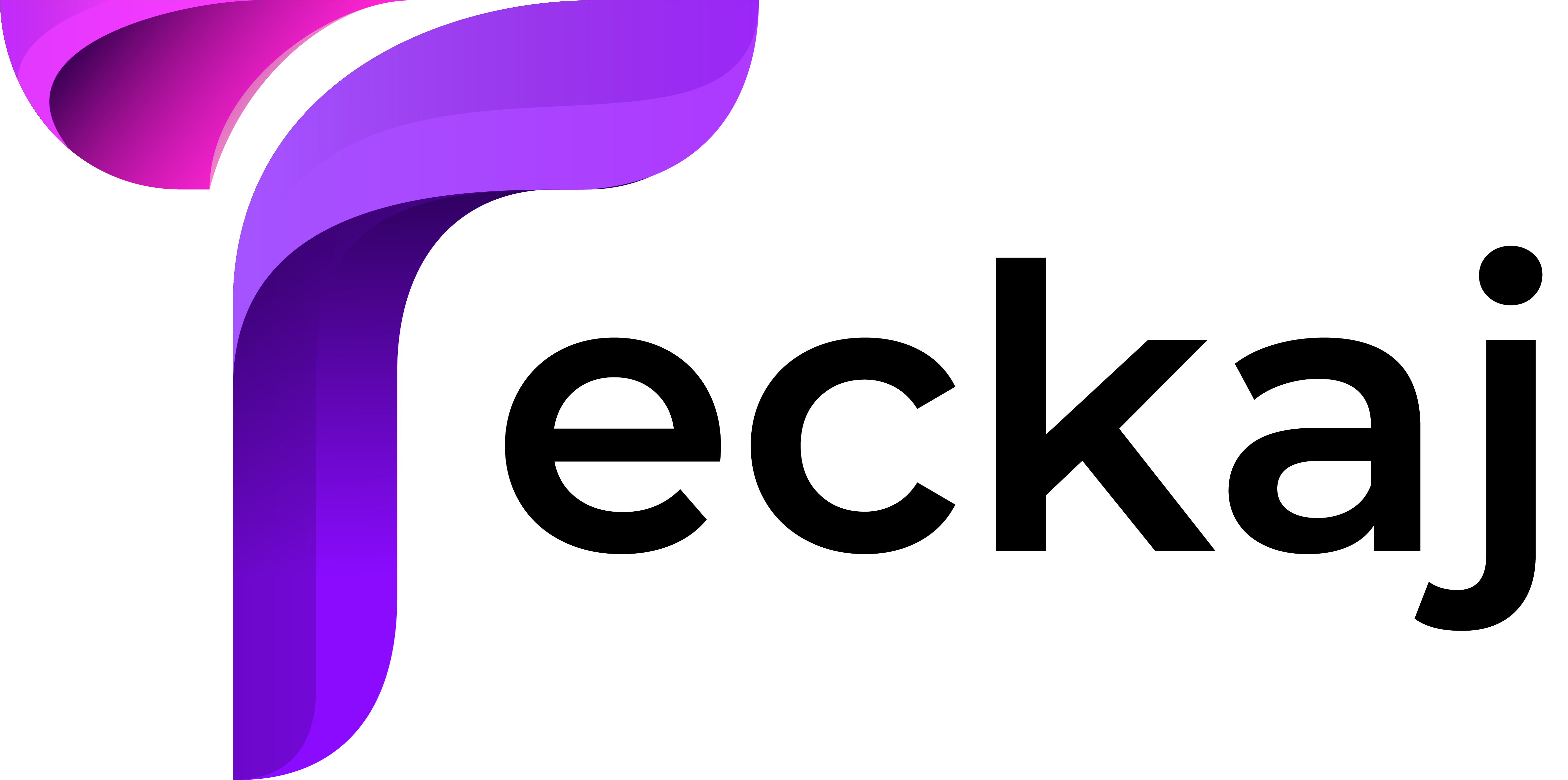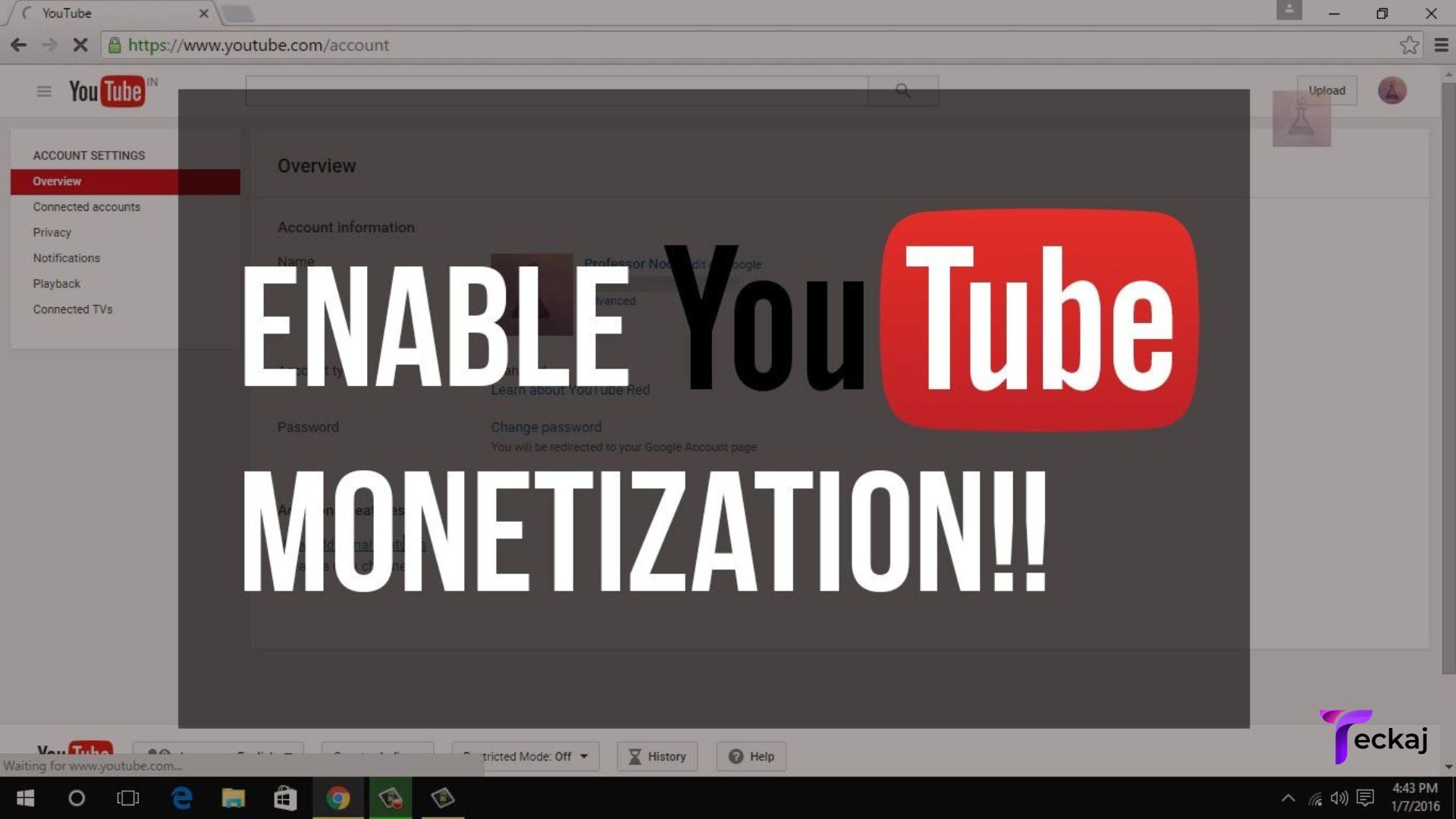Welcome to the world of turning your YouTube Channel hobby into a money-making venture! Monetization is a comprehensive program designed to help content creators earn money from their YouTube channels. If you’ve ever wondered how to make your videos work for you, you’re about to find out. Monetizing your YouTube channel is like adding a cash bonus to your creative passion. This guide is your roadmap to understanding the ins and outs of making money from your videos. Whether you’re a newbie or a seasoned creator, we’ll explore the steps, share tips, and make sure you know the ropes of getting those earnings flowing in. So, if you’re ready to transform your YouTube channel into a source of income, let’s dive in!s dive in!
Understanding YouTube Channel Monetization
Monetizing on YouTube is essentially the act of turning your video content into a source of revenue. Achieving eligibility requires reaching milestones, notably 1,000 channel subscribers and accumulating 4,000 watch hours within a year. In our forthcoming exploration, we’ll delve deeper into these criteria and unveil the key steps to successfully monetize your YouTube channel and videos.
Rules for Monetizing on YouTube: A Set of Guidelines
YouTube monetization rules are guidelines set by YouTube for creators looking to earn money from their videos. Here’s a brief breakdown:
1.AdSense Account:
The first YouTube monetization rule is to create and link a Google AdSense account. AdSense is Google’s ad platform, and linking it to your YouTube channel is the initial step to enable ad monetization on your videos.
2.YouTube Partner Program (YPP):
To qualify for YPP, creators must meet specific criteria, including maintaining 4,000 watch hours and 1,000 subscribers, following YouTube’s guidelines, having a linked AdSense account, enabling two-step verification, and being in a location where YPP is available.
3.Enable Monetization:
After meeting YouTube Partner Program (YPP) requirements, creators can activate monetization in YouTube Studio. This step unlocks various features, allowing ads to be displayed on videos. Enabling monetization is a pivotal action for creators to start generating revenue from their content on the platform.
4.Respect Copyrights:
Adhering to copyright laws is crucial. Creators must use licensed material, especially music, to avoid copyright infringements. Respecting copyrights ensures that content remains within legal boundaries, preventing issues that could hinder monetization and the overall success of the YouTube channel.
5.Follow YouTube Rules:
Creators must adhere to a set of rules, including those related to AdSense policies, community guidelines, copyright regulations, and YouTube’s overarching Terms of Service. Complying with these rules is essential to maintain eligibility for monetization and a positive standing on the platform.
6.Things to Avoid:
Creators should steer clear of controversy, excessive profanity, misleading thumbnails, and unnecessarily shocking content. These actions can deter potential advertisers and may lead to negative consequences, impacting the channel’s suitability for monetization. Adhering to these guidelines ensures a more advertiser-friendly and successful channel.
7.Diversify Income:
To boost earnings, creators can explore additional revenue streams. This includes merchandising with products like t-shirts, utilizing affiliate links for commissions, licensing video rights to other brands, and garnering fan support through platforms like Patreon, offering exclusive perks in exchange for monetary contributions.
YouTube Monetization: Channel Policy Overview
1.Joining the YouTube Partner Program (YPP):
To make money on YouTube, you need to apply for the YPP. YouTube will take around a month to decide if you’re eligible. They check your videos, focusing on your main theme, most viewed and newest videos, the watch time they get, and details like titles and thumbnails.
2.Avoiding Copyright Mistakes:
Don’t use stuff that isn’t yours. Only upload videos you made or have permission to use. This includes music and videos from others. If you break these rules, YouTube might suspend your account, remove ads from your videos, or kick you out of the YPP. Be careful!
10 Strategies for Making Monetize on YouTube
Channel policy overview encompasses the guidelines and rules set by YouTube for creator seeking to monetize their content. To qualify, channels must adhere to specific criteria, including subscriber count and watch hours. Adherence to community guidelines and copyright rules is essential for sustained monetization eligibility. Understanding and complying with these policies is crucial for creators aiming to generate revenue through their YouTube channels.
1.Ad Revenue:
Monetize your videos through advertisements. Once enabled, ads appear before, during, or after your content. You generate income depending on the number of ad views and clicks YouTube Channel Monetization is a comprehensive program designed to help content creators earn money from their YouTube channels. The more engaging your content, the higher your potential earnings as viewers interact with the displayed ads, contributing to your overall revenue stream.
2.Channel Memberships:
Enhance viewer engagement by offering exclusive perks through channel memberships. Subscribers pay a monthly fee to access benefits like custom badges and emojis, fostering a sense of community. This direct support from your audience provides a consistent income while creating a more interactive and loyal viewer base.
3.Merchandise Shelf:
Transform your brand into tangible products by using the Merchandise Shelf feature. Showcase and sell branded merchandise directly on your channel. This not only diversifies your revenue but also allows fans to connect with your brand beyond digital content, fostering a deeper connection with your audience.
4.Super Chat and Super Stickers:
Elevate viewer interaction during live streams with Super Chat and Super Stickers. Viewers can purchase and send highlighted messages or stickers, making their contributions stand out. This feature not only enhances engagement but also provides creators with additional income during live content sessions on YouTube.
5.YouTube Premium Revenue:
Earn a share of the subscription fees from YouTube Premium viewers who watch your content. When Premium subscribers view your videos, you receive a portion of the subscription revenue, providing an additional income stream independent of traditional ad-based revenue on the platform.
6.Affiliate Marketing:
Boost your income by incorporating affiliate links in your video descriptions. When viewers use these links to make purchases, you earn commissions. This strategy leverages your influence to promote products or services, offering a mutually beneficial relationship with affiliate partners and diversifying your revenue sources on YouTube.
7.Sponsorships:
Collaborate with brands for sponsored content, supplementing your income. Companies compensate you for showcasing their products or services in your videos. This not only provides financial support but also adds a layer of authenticity as you integrate sponsored content seamlessly into your channel’s theme and content.
8.Crowdfunding:
Utilize platforms like Patreon for direct financial support from your audience YouTube Channel Monetization is a comprehensive program designed to help content creators earn money from their YouTube channels.. Fans contribute a recurring amount, creating a supportive community. This crowdfunding model allows creators to fund their content creation directly, providing stability and a closer connection with their audience beyond traditional revenue streams.
9.Sell Digital Products:
Expand your revenue by creating and selling digital products such as eBooks, online courses, or presets. Your expertise becomes a valuable commodity, and viewers can purchase these digital goods, providing an additional income stream while offering your audience valuable and specialized content home.
10.License Your Content:
Maximize your earnings by allowing others to use your videos for a licensing fee. Brands or creators can pay to use your content, providing an additional revenue stream while expanding the reach and impact of your videos beyond your own channel.
What actions can you take if YouTube doesn’t accept your application for the Partner Program?
In the event of a YouTube Partner Program (YPP) rejection, there’s no need to lose hope. You can submit a new application after a 30-day period. Thankfully, YouTube provides constructive feedback, specifying the policies your channel didn’t comply with. This feedback guides you in making the necessary adjustments, giving you the opportunity to meet the requirements and attain the coveted YPP membership.

